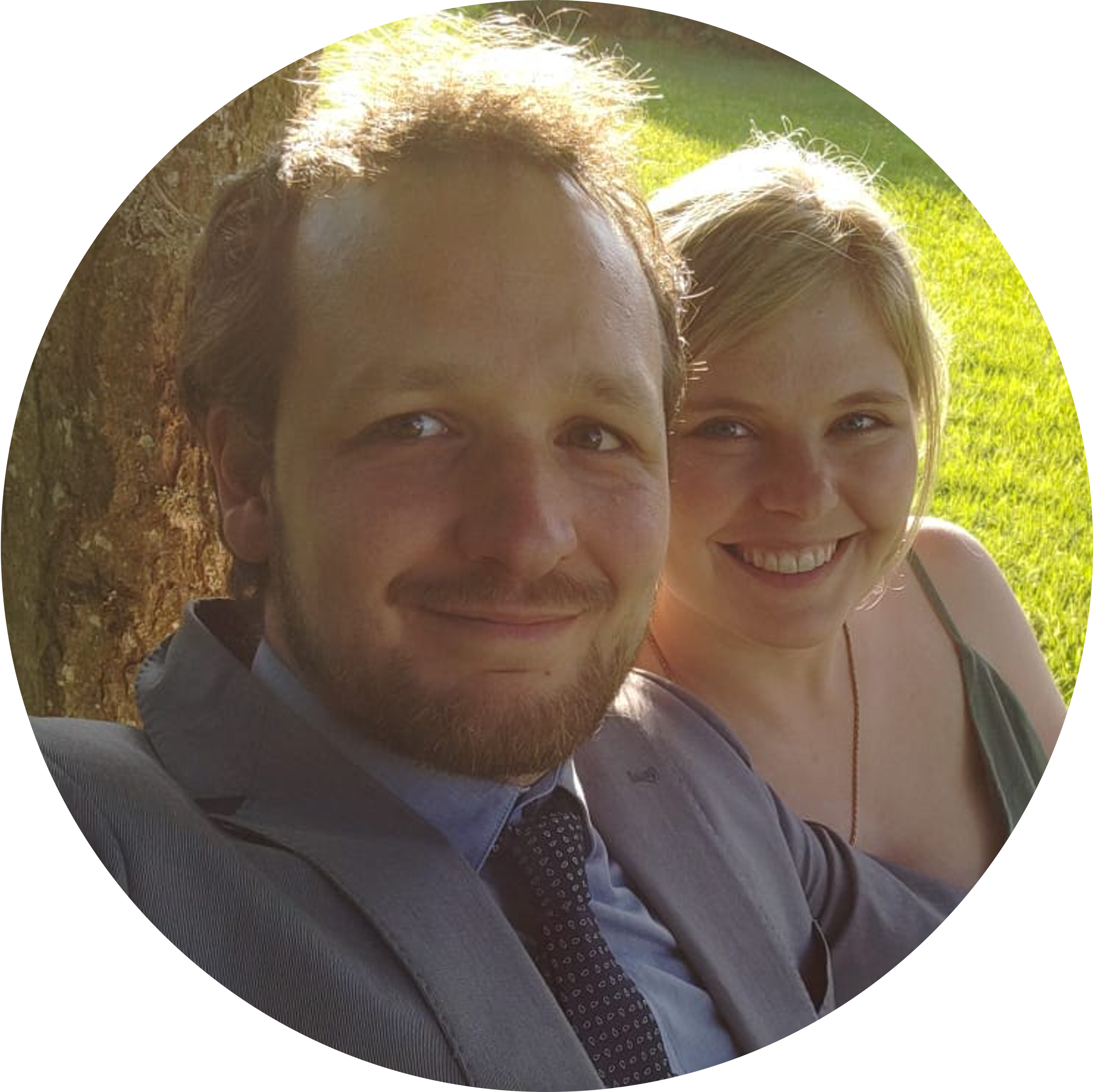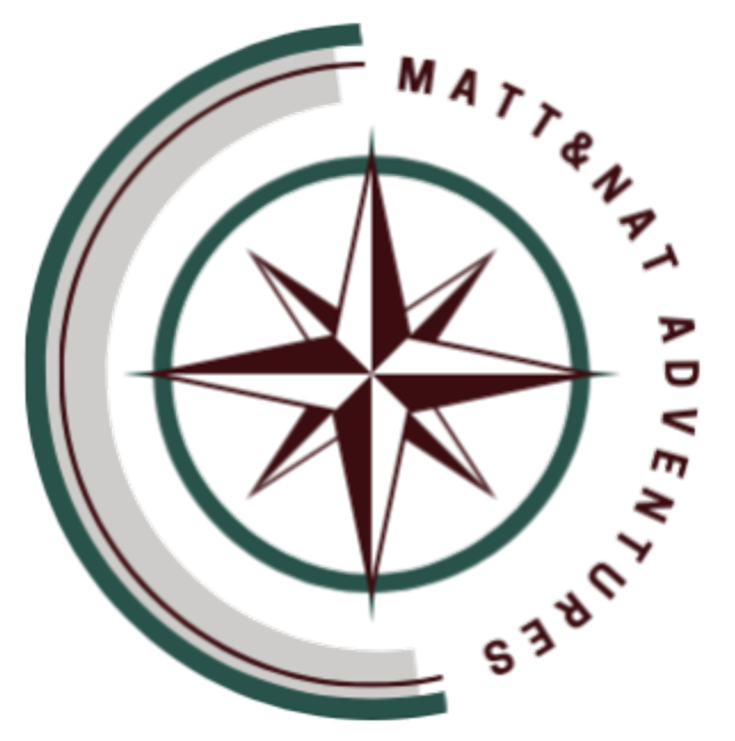Depuis Salta nous prenons un bus de 2h environ qui nous emmène dans la capitale de la province voisine, celle de Jujuy. Logeant dans la capitale San Salvador, nous allons explorer avec une agence de tourisme la route nationale 9, souvent mal nommée « boucle nord de Salta » mais qui appartient en fait à la province de Jujuy. Les habitants de cette province sont très fiers que les beautés naturelles présentes dans cette région aussi appelée la Puna appartiennent à Jujuy et non à Salta. Et en effet, les couleurs sur les montagnes, les déserts de sel sont magnifiques et nous rappellent le Sud Lipez en Bolivie. C’est bien normal car la frontière bolivienne est toute proche.
From Salta we take a 2-hour bus ride to the capital of the neighbouring province of Jujuy. Staying in its capital San Salvador, we’ll explore National Route 9, often misnamed the « Northern Loop of Salta », but which actually belongs to the province of Jujuy. The inhabitants of this province are very proud of the fact that the natural beauty of this region, also known as La Puna, belongs to Jujuy and not to Salta. And indeed, the colors of the mountains and salt deserts are magnificent, reminding us of our road trip in Sur Lípez province, Bolivia. This is only to be expected, as the Bolivian border is very close.
La montagne aux 7 couleurs, typique de la Puna. Mais comment est-ce possible de n’en compter que 7 ? – The mountain of 7 colors, typical of the Puna. But how can you count just 7?
Puna 🎨
Rendez-vous est pris sur la place principale de San Salvador de Jujuy pour aller visiter le désert de sel de la Puna en passant par les villages très charmants de Tilcara et Purmamarca et la montagne aux 7 couleurs. Notre mini-bus doit passer un col à 4100 m d’altitude environ, et notre guide fera tout pour que nous supportions bien le passage en altitude. Avec des bonbons de coca et une bonne bouteille d’eau rien ne nous arrivera, on ne peut pas en dire autant d’un de nos compagnons de voyage qui se sentit mal pendant la descente.
We meet in the main square of San Salvador de Jujuy to visit the Puna salt desert, passing through the charming villages of Tilcara and Purmamarca and the 7-colour mountains. Our mini-bus has to cross a pass at an altitude of around 4100 m, and our guide will do everything in his power to make sure we endure the high altitude. With coca sweets and a good bottle of water, nothing will happen to us, although the same cannot be said for one of our fellow travellers, who felt unwell on the way down.
En passant rapidement par le mignon village de Tilcara à flanc de montagne, nous regrettons immédiatement de ne pas avoir pris un logement ici plutôt que dans la capitale. – Quickly passing through the cute mountainside village of Tilcara, we immediately regret not having booked accommodation here rather than in the capital.
Premier arrêt photo devant les montagne colorées, occasion pour les vendeurs de la région de proposer entre autres photo avec des lamas, pulls en laine de lama, flûtes de pan et chapeaux. – First photo stop in front of the colorful mountains, an opportunity for local vendors to offer, among other things: photos with llamas, llama wool sweaters, panpipes and hats.
Depuis notre mini-bus, nous écoutons les explications de notre guide et photographe Selena, de la musique folklorique de Jujuy et admirons encore d’autres couleurs dans les rochers. – From our mini-bus, we listen to our guide and photographer Selena’s explanations, listen to the folk music of Jujuy and admire yet more colors in the rocks.
Arrivés en haut du col, nous admirons la vue et Selena immortalise le moment avant de descendre vers le désert de sel. – At the top of the pass, we admire the view and Selena immortalizes the moment before descending to the salt desert.
Le désert de sel de Salinas Grandes, que les habitants aimeraient ne pas voir devenir une réserve de lithium pour les smartphones et voitures électriques des habitants de l’hémisphère Nord, sert d’exploitation de sel de table et de construction. Comme en Bolivie, nous jouons aux jeux de perspectives et sautons au-dessus des bassins de cultivation de la fleur de sel. – The Salinas Grandes salt desert, which the locals would like to avoid becoming a lithium reserve for the smartphones and electric cars of the northern hemisphere’s inhabitants, is used for table salt and building salt. As in Bolivia, we play perspective games and jump over the fleur de sel cultivation ponds.
La spécialité locale, vendue même au bord du désert de sel est la tortilla, sorte de grande empanada fourrée au fromage et tomates. – The local specialty, sold even on the edge of the salt desert, is the tortilla, a kind of large empanada filled with cheese and tomatoes.
Avant de rentrer dans la capitale pluvieuse, nous profitons des rayons de soleil de la ville de Purmamarca là aussi très jolie mais un peu plus touristique. Nous y dégustons d’autres tortillas. – Before returning to the rainy capital, we take advantage of the sunshine in the town of Purmamarca, also very pretty but a little more touristy. Here we sample more tortillas.
Sur le chemin du retour, Selena qui insiste sur le bisou pour la photo, organise un dernier arrêt pour admirer cette rangée de montagnes appelée palette du peintre et on comprend pourquoi. – On the way back, Selena, who insists on the kiss on the photo, organizes one last stop to admire this row of mountains called the painter’s palette, and it’s easy to see why.
San Salvador de Jujuy ⛪️
La capitale nous déçoit un peu et pour cause, nous la découvrons sous la grisaille et un samedi après-midi où personne ne sort et tous les magasins et musées sont fermés. Nous comptons explorer les termas de Reyes le lendemain de l’excursion dans la Puna, mais le bus qui aurait du nous y emmener ne passe pas après une quarantaine de minutes d’attente… San Salvador aura donc droit à sa seconde chance, sous le soleil cette fois.
We were a little disappointed with the capital, and for good reason: we discovered it under a grey sky and on a Saturday afternoon when no one was going out and all the stores and museums were closed. We had planned to explore the termas de Reyes the day after our excursion to the Puna, but the bus that was supposed to take us there didn’t show up after a forty-minute wait… So San Salvador gets a second chance, this time in the sunshine.
Nous sourions pour la photo mais la première visite sous le crachin ne nous emballe pas. – We smile for the photo, but the first visit in the drizzle doesn’t thrill us.
La maison du gouverneur dont on peut visiter la salle centrale rassemble tous les drapeaux des provinces argentines, et raconte l’histoire du drapeau national. Il fut crée par le général Belgrano qui s’est illustré lors du sauvetage des peuples des régions du nord lors de la conquête espagnole, afin de se distinguer du drapeau de la couronne espagnole. En plus du drapeau guerrier, un drapeau civil a été imaginé et est aujourd’hui abandonné. Mais un exemplaire est toujours visible à San Salvador. – The Governor’s House, whose central hall can be visited, houses all the flags of Argentina’s provinces and tells the whole story of the national flag. It was created by General Belgrano, who distinguished himself by saving the people of the northern regions during the Spanish conquest, in order to differentiate it from the flag of the Spanish crown. In addition to the warrior flag, a civilian flag was also designed, but has since been abandoned. You can still visit it with its sun, hands and sword in San Salvador.
On retrouve même des représentations de la bénédiction du drapeau argentin sous forme de tableau et de vitrail à l’intérieur de la cathédrale, ainsi que de statue dans le petit jardin qui la jouxte. – There are even representations of the blessing of the Argentine flag in the form of a painting and a stained glass window inside the cathedral and a statue in the small garden next to it.
Dans une maison bien préservée, le musée Lavalle raconte de manière très modenre l’histoire du général du même nom et présente un des premiers drapeaux de l’histoire du pays. Qui aurait cru qu’au lieu d’aller aux thermes nous allions apprendre tellement de choses sur le drapeau argentin ! – In a well-preserved house, the Lavalle Museum tells in a very modern way the story of the general of the same name and displays one of the first flags in the country’s history. Who’d have thought that, instead of going to the spa, we’d be learning so much about the Argentine flag!
Cartes – Maps 📍
En rouge la capitale San Salvador de Jujuy, en jaune de bas en haut : Purmamarca et Tilcara. La route qui part vers l’ouest après Purmamarca va jusqu’au Chili, notre prochaine destination ! Organic Maps. – In red: the capital San Salvador de Jujuy, in yellow from bottom to top: Purmamarca and Tilcara. The road heading west after Purmamarca leads to Chile, our next destination! Organic Maps.


Laisser un commentaire